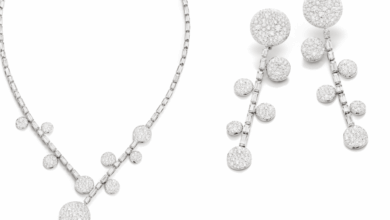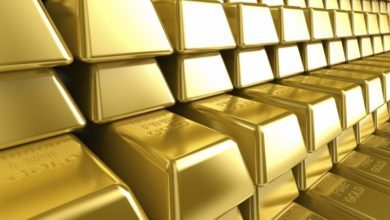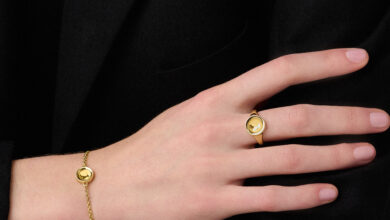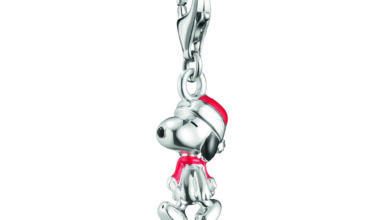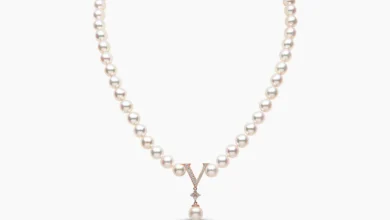Q4 gold demand recovery fails to mitigate full year declines in 2017
Official gold reserves swelled by 371t in 2017, 5% down on 2016 levels
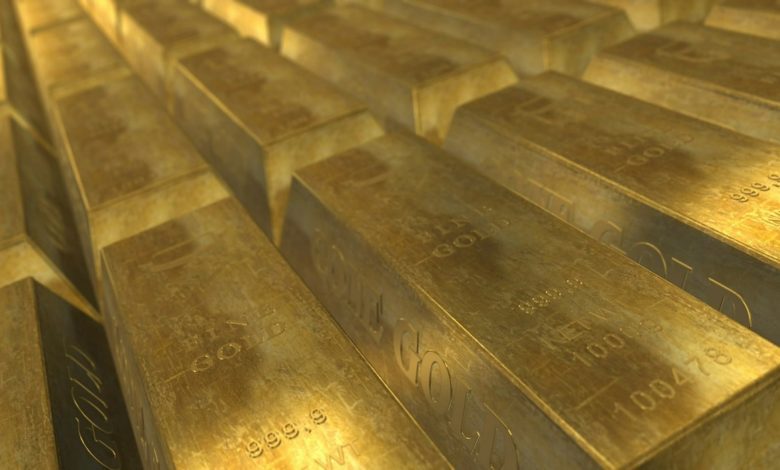
Register to get 1 free article
Reveal the article below by registering for our email newsletter.
Want unlimited access? View Plans
Already have an account? Sign in
Gold demand rallied in the closing months of 2017, gaining 6% year-on-year in Q4 to reach 1,095.8 tonnes (t).
However, overall demand for the full year fell by 7% to 4,071.7t compared with 2016, according to the World Gold Council’s latest Gold Demand Trends report.
Inflows into exchange-traded funds (ETFs) continued steadily throughout the year, totalling 202.8t, but lagged behind the levels seen in 2016. Similarly, although central banks continued to add to reserves, purchasing 371t in 2017, buying was down 5% year-on-year.
Full-year bar and coin demand fell 2% as US retail investment dropped sharply. However, the year saw a recovery in both jewellery and technology demand, each making modest gains compared with 2016.
Positive annual ETF inflows added 202.8t to demand in 2017, however this was around one-third of 2016’s inflows. European-listed gold-backed ETFs accounted for 73% of net inflows, with investors keenly attuned to geopolitics and negative interest rates.
Bar investment was stable, while coin investment slid 10%. Weakness in the sector, down 2% to 1,029t compared with 2016, was largely explained by a sharp drop in US demand to a 10-year low of 39t, which exceeded strong gains in both China and Turkey.
2017 saw the first annual increase in jewellery demand since 2013, but the sector remains weak in a historical context. Relatively stable prices and improving economic conditions paved the way for growth, but demand remains soft compared with long-term average levels.
Official gold reserves swelled by 371t in 2017, down 5% on 2016 levels.
Alistair Hewitt, head of market Intelligence at the World Gold Council, said: “It’s not surprising to see overall gold demand down given the backdrop of monetary policy tightening and strong equity markets in 2017, but the market is not in bad shape.
“The US dollar gold price was up 13% and institutional investors, especially in Europe, continued to add gold to their portfolios as a hedge against frothy asset prices and geopolitical uncertainty.”
He added: “Jewellery demand picked up as economic conditions improved in China and a policy change in India removed a barrier to demand, while next-generation smartphones boosted gold demand from technology companies.”


